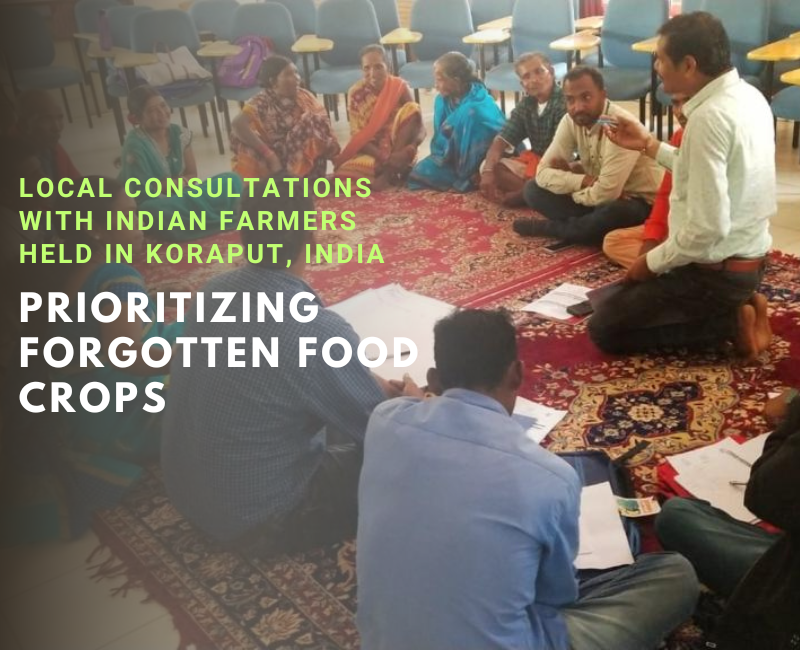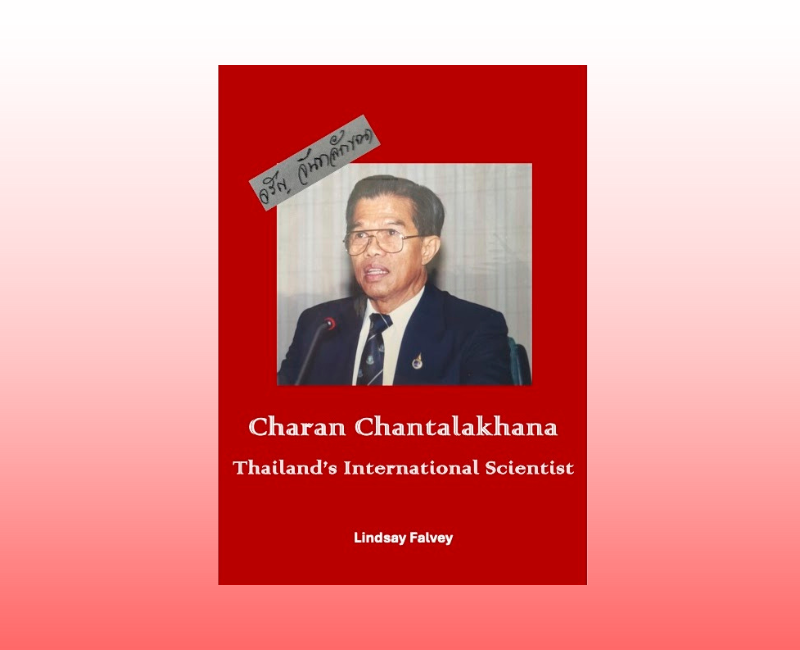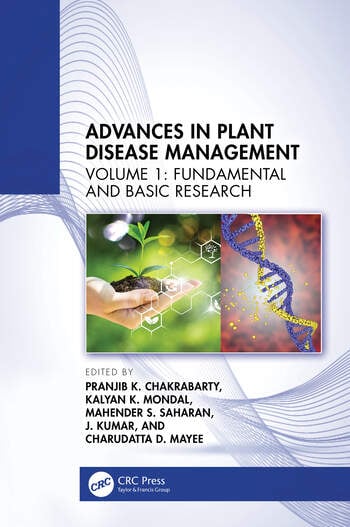The team of researchers, working in the context of the Collective Action on Forgotten Food supported by the Global Forum on Agricultural Research and Innovation (GFAR), held various local consultations with Indian farmers, including in Koraput District of the Indian state of Odisha.
The consultations are part of the co-design stage of a full programme design on forgotten food, involving a diverse set of actors, including farmers themselves, as envisioned in the Global Manifesto on Forgotten Food. During the consultations in Koraput, Odisha, held on 18-19 January 2023, the team of researchers validated the original recommendations of the farmers that remain very relevant and will be considered in the full programme design. These prioritized species will be identified through a mapping of suitable landscapes and existing knowledge in Eastern India.
In this context, the team considers to identify forgotten food crops and related technologies used for their cultivation for each ecosystem and geography. As such, three to five species for each ecosystem will be prioritized based on the strengths and weaknesses of their entire value chain. The research methodology will be based on evaluation of the diversity within these prioritized species, taking into consideration local agroecology practices, protocols, and standards, as well as the different cropping systems. This will enable the partners in the collective action to identify ways for reducing drudgery and help the communities transform their pathways towards a new food system.
During their research, the team documented traditional farming techniques, and local knowledge of seeds, grain and food. This will feed into the creation of community seed banks to help develop local markets and promote consumption of forgotten food. Part of the documentation process involves identification of various policy influences on food systems and the system resilience towards forgotten food.
During the consultation, the researchers mapped the priority neglected and under-utilized species (NUS)/forgotten food crops, the reasons and strategies for their cultivation, as well as their existing innovations and good practices. The table below provides examples of NUS/forgotten food and crops identified by the team.
Examples of forgotten food and crops, and their attributes
Forgotten Foods Crops | Attributes |
Cereals / millets | Nutritionally rich finger millet, improved paddy, and little millet (e.g. Guruji suaa), Nuakhai specific to upland varieties and short duration varieties (e.g. Mami mandia – finger millet, Para, Dangar dhan, and upland paddy, foxtail millet; Kangu, Khed jonha |
Pulses | Horse gram, Dolichos spp. (ten varieties), Dal to meet daily protein requirements – off-season vegetables; Borboti, Bhodeie |
Roots and tubers | Pitkonda, Sika konda, Longal, Kosa, Tarkai, Cherenga konda – Focus on sustainable harvest, knowledge transfer from generation to generation, domestication, and food processing |
Horticultural crops and leafy shrubs | Some trees or perennial species need to be cultivated, e.g. Bahunia, special focus should be given to Buti kalara (wild bitter gourd); Elimiti, Chakunda |
Fruits | Wild Mamagua and Ambada to compensate for the vegetable scarcities; Amla, Podei, Kusum |
Oil seeds | Niger and castor for consumption and use as hair oil; Dhola, Rasi, Nizer, Kusuma joda |
Mushrooms | Bali chatu, Bada chatu, Sarabani kadha – high in nutrition, providing high market value and seasonal availability |
Fish | Turunja fish, Bami fish (Test, cultural aspect, and nutritional (Medicine) |
Paddy | Umuriachudi, Pora dhan, Roghusai, Mandia dhan, |
The researchers also mapped the existing innovations developed in collaboration of farmers and researchers. This process provided opportunities to identify the facilitating factors, as well as barriers in the implementation of such innovations.
The mapping exercise during the workshop attended by 65 people, also included farmers’ prioritized research areas in forgotten foods, existing market linkages and partnerships with government, private, and research and development (R&D) agencies. Furthermore, the assessment listed opportunities for forgotten crops and related threats. Existing capacities and strategies of partners at local, state, national and international levels were also assessed.
The team is now consolidating research findings, also from other parts of India, i.e. Gujarat, Tamil Nadu, and Meghalaya, which will be part of a study report to guide the full programme design.


